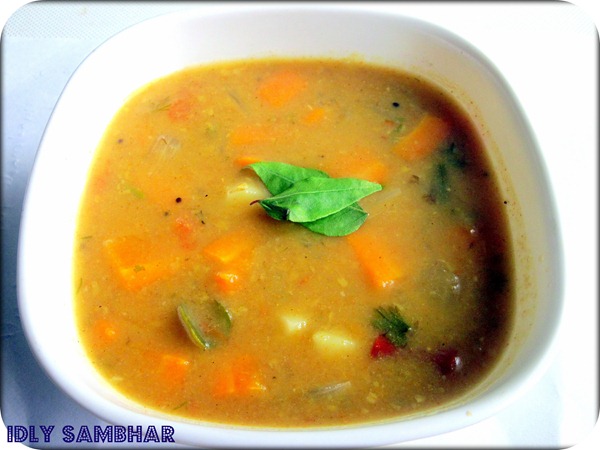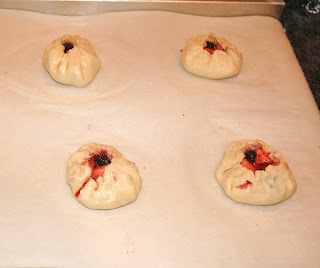There are lots of books about Spanish food. I know, because I have plenty of them, but The Food of Spain
is truly the mother of all Spanish cookbooks with over 600 pages. It has stories, history--it's a true treasury that took years of work to complete. I know this because Claudia Roden told me about the work that went into the book when I interviewed her last year (Claudia Roden interview part 1 and 2)
I've said it before and I'll say it again, Claudia Roden's recipes work. They make sense and give just the right level of detail. In this massive tome she uncovers so many more recipes than what you will find in run of the mill restaurants. In The Food of Spain you will discover many fascinating cultures that have influenced Spanish cuisine and recipes both familiar and rare. It's as much a book about food as it is a cookbook.
Dishes you will want to try include Eggplant with Bechamel and Cheese, Fish Stew with Peppers and Tomatoes, Migas with Bacon, Onion Coca.
What can I say about Paula Wolfert that hasn't already been said? She is the most well-known authority on Moroccan food and The Food of Morocco is one of her most important books. Having lived in Morocco for years, she has a depth of knowledge that is just unparalleled. But if you have spent any time with her, you will be struck by her genuine enthusiasm for capturing the details of the cuisine and her drive for perfection. Her recipes are meticulous. Like Claudia Roden, she goes well beyond the surface to discover the history and varied influences that make for such a rich cuisine. Her latest book is over 500 pages. You can read my interview with her from 2009 here.
The book also has plenty of tips and advice to help you get it right, from the different types of couscous to explanations as to why steaming is better than boiling. There are lots of shopping resources too.
Dishes you will want to try include Lamb with Onions, Riffian Split Pea Soup with Paprika Oil, Almonds and Hard Cooked Eggs, Double Cooked Red Chicken Marrakech Style, Barley Grits Couscous with Fresh Fava Beans
It might seem surprising that I put Lisa Fain in the same category as Claudia Roden and Paula Wolfert, but if you spend some time at her blog or reading her wonderful cookbook, The Homesick Texan
, you will see why I do. Lisa Fain's passion and connection to her Texas heritage and food shines through in everything she writes. She treats the cuisine of Texas with such respect and warmth that you can't help but appreciate it too, even if you are not 'homesick' for it.
Unlike Roden or Wolfert, Lisa Fain is not an outsider, but a native who shares her own personal stories. And if she can make Texas recipes work in a New York apartment kitchen you have to know they will work for you too. Her book is a little over 350 pages.
Dishes you will want to try include Calabacitas (Squash and Pork Stew), Poblano Macaroni and Cheese, Coffee Chipotle Oven Brisket and Watermelon Salsa.
*Other cookbooks I reviewed and recommended in 2011:
Cooking My Way Back Home, Kokkari, Bi-Rite Market's Eat Good Food, The Family Meal:Home Cooking with Ferran Adria, 100 Perfect Pairings, Basic to Brilliant, Y'all
The Homesick Texan and The Food of Spain were review copies, I purchased The Food of Morocco
















